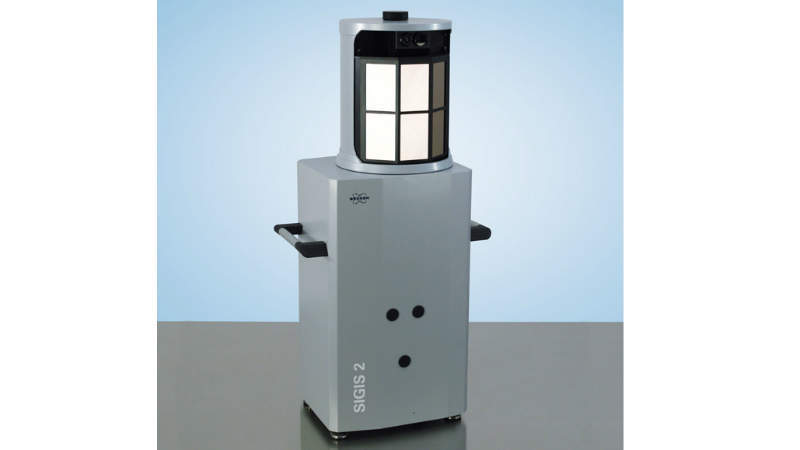
Bruker's remote sensing devices enable fast identifcation, quantification and visualisation of gas clouds from long distances.
SIGIS 2
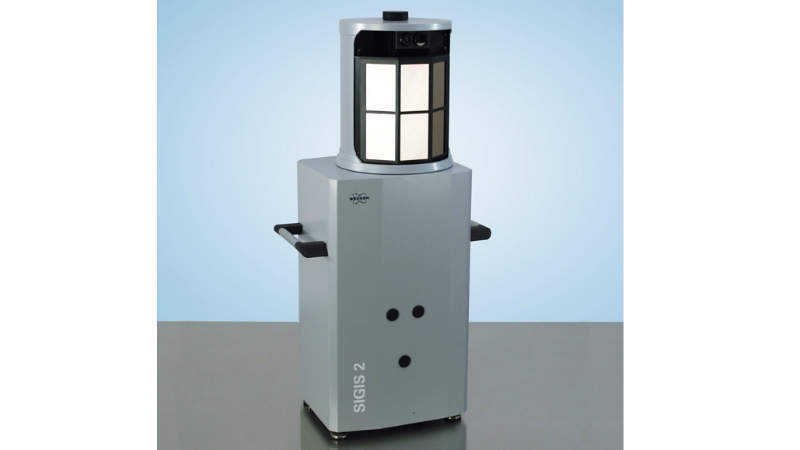
SIGIS 2 is a scanning imaging remote sensing system that allows rapid identification, quantification and visualisation of gas clouds from long distances.
The system maps a predefined area and results of the analysis are visualised by a video image, overlaid by a chemical image.
The SIGIS 2 is part of the equipment of emergency response forces around the world. In addition, the SIGIS systems are applied in environmental applications, atmospheric research, volcanology, and industrial facility surveillance.
Click here for full details.
Hyperspectral imaging system HI 90
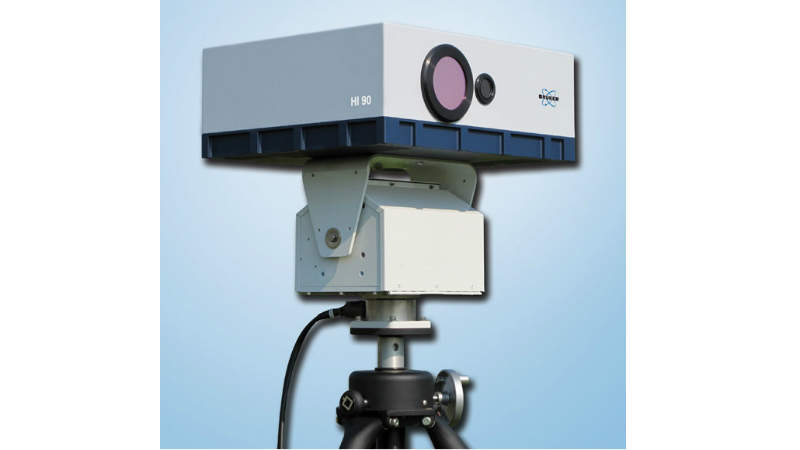
Atmospheric and environmental research, volcanology, industrial surveillance and homeland security outline the wide range of applications of the HI 90.
It is ideally suited for real-time identification, quantification, and visualisation of gas clouds with high spatial resolution.
Algorithms based on the combination of image processing and spectral analysis are implemented in the operating software. The system may also be used in a range of imaging applications for solids and liquids. Our hyperspectral imaging system can be used in the following applications:
EM 27 remote sensing system
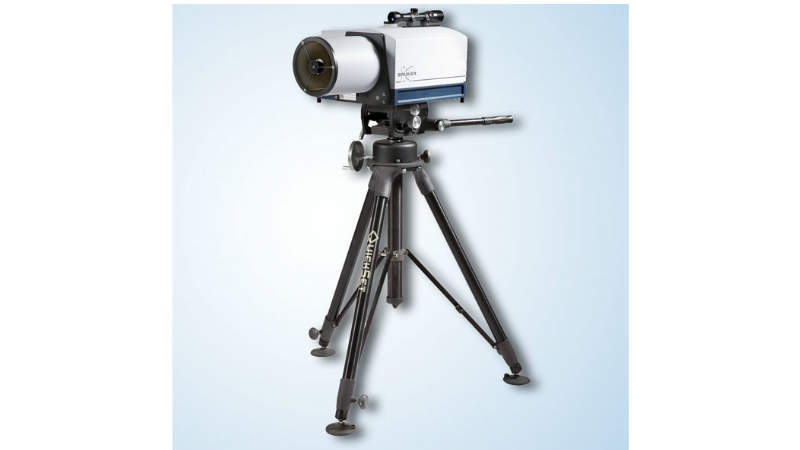
The EM 27 is a ruggedised remote sensing system providing high-performance spectroscopy in the field.
The EM 27 can easily be deployed in the field for various air monitoring applications. Emissions from smokestacks, waste disposal and hazardous emissions from chemical accidents can be observed with an operating range of typically several kilometres.
The EM 27 SUN features a solar tracker for measurements of atmospheric gases by solar absorption spectroscopy. The tracker is controlled using an innovative camera-based feedback system (Camtracker). The outstanding tracking accuracy is the basis for high precision quantification.
Key features include:
OPS – open path air monitoring system
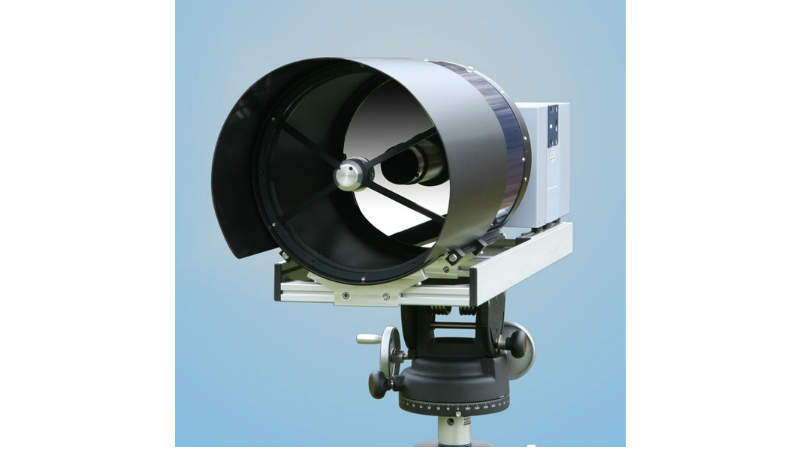
The open path air monitoring system allows identification and quantification of airborne pollutants and atmospheric gases.
Infrared radiation is modulated by an interferometer and transmitted to an array of retroreflectors positioned at a distance of typically several hundred meters. The reflected radiation is analysed for the target compounds.
Due to the large spectral range, a wide range of compounds can be quantified simultaneously. Typical applications include air monitoring at industrial, construction or municipal sites and high-precision quantification of atmospheric gases.
Key features include: